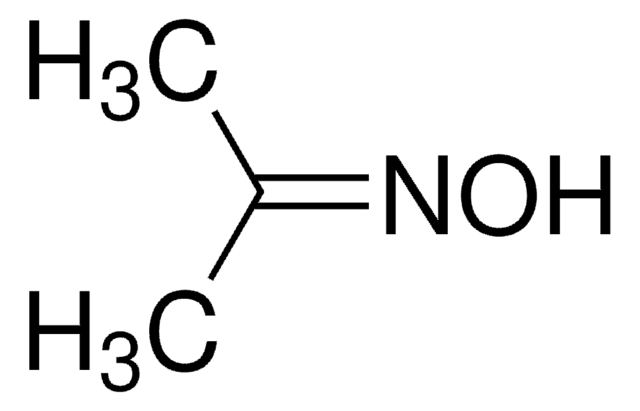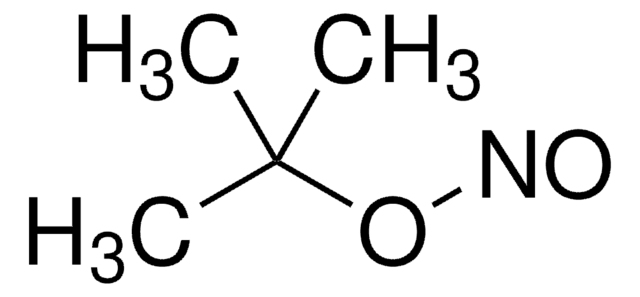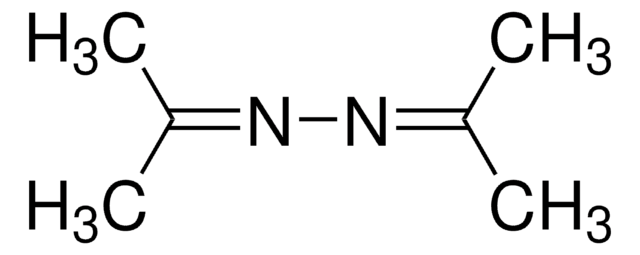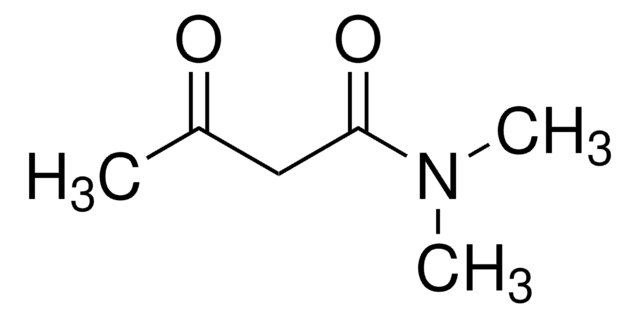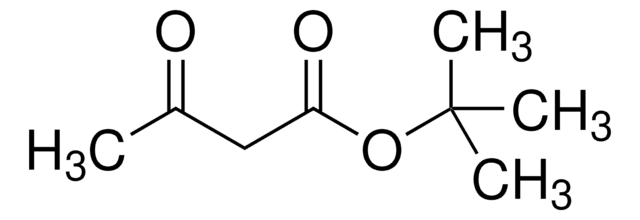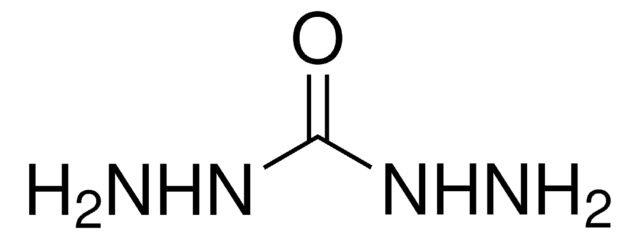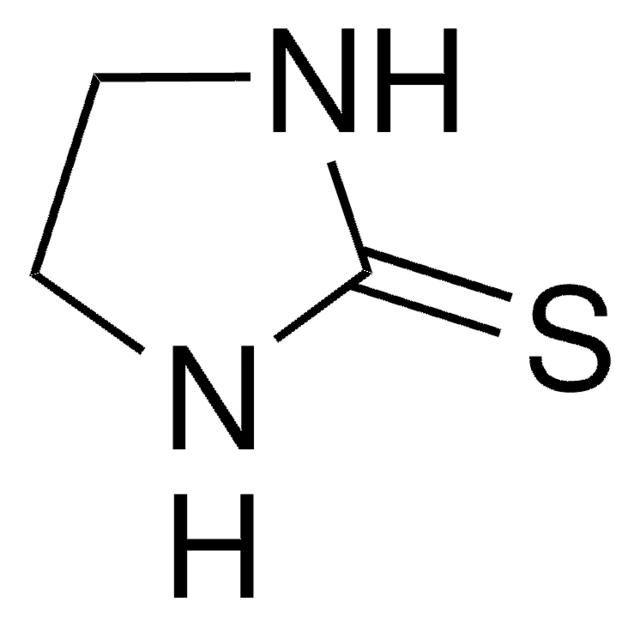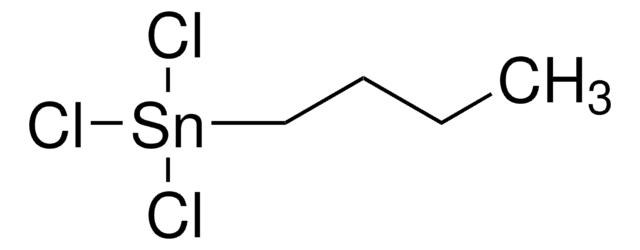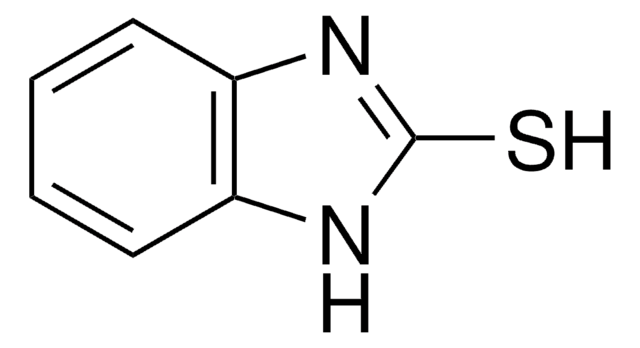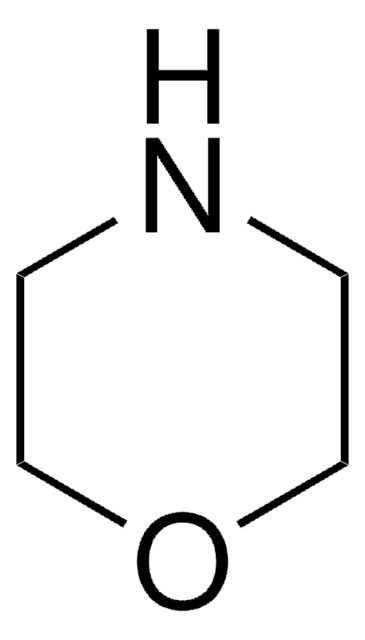Wichtige Dokumente
332828
2-Butanonoxim
99%
Synonym(e):
Ethyl-methylketoxim
About This Item
Empfohlene Produkte
Dampfdichte
3 (vs air)
Qualitätsniveau
Dampfdruck
<8 mmHg ( 20 °C)
Assay
99%
Form
liquid
Brechungsindex
n20/D 1.442 (lit.)
bp
59-60 °C/15 mmHg (lit.)
Löslichkeit
water: soluble 100 g/L at 25 °C
Dichte
0.924 g/mL at 25 °C (lit.)
Funktionelle Gruppe
amine
oxime
SMILES String
CC\C(C)=N\O
InChI
1S/C4H9NO/c1-3-4(2)5-6/h6H,3H2,1-2H3/b5-4+
InChIKey
WHIVNJATOVLWBW-SNAWJCMRSA-N
Suchen Sie nach ähnlichen Produkten? Aufrufen Leitfaden zum Produktvergleich
Allgemeine Beschreibung
Anwendung
Signalwort
Danger
Gefahreneinstufungen
Acute Tox. 3 Oral - Acute Tox. 4 Dermal - Carc. 1B - Eye Dam. 1 - Skin Irrit. 2 - Skin Sens. 1 - STOT RE 2 - STOT SE 1 - STOT SE 3
Zielorgane
Blood, Central nervous system, Upper respiratory tract
Lagerklassenschlüssel
6.1C - Combustible acute toxic Cat.3 / toxic compounds or compounds which causing chronic effects
WGK
WGK 3
Flammpunkt (°F)
143.5 °F - closed cup
Flammpunkt (°C)
61.97 °C - closed cup
Persönliche Schutzausrüstung
Eyeshields, Faceshields, Gloves, type ABEK (EN14387) respirator filter
Hier finden Sie alle aktuellen Versionen:
Besitzen Sie dieses Produkt bereits?
In der Dokumentenbibliothek finden Sie die Dokumentation zu den Produkten, die Sie kürzlich erworben haben.
Kunden haben sich ebenfalls angesehen
Unser Team von Wissenschaftlern verfügt über Erfahrung in allen Forschungsbereichen einschließlich Life Science, Materialwissenschaften, chemischer Synthese, Chromatographie, Analytik und vielen mehr..
Setzen Sie sich mit dem technischen Dienst in Verbindung.